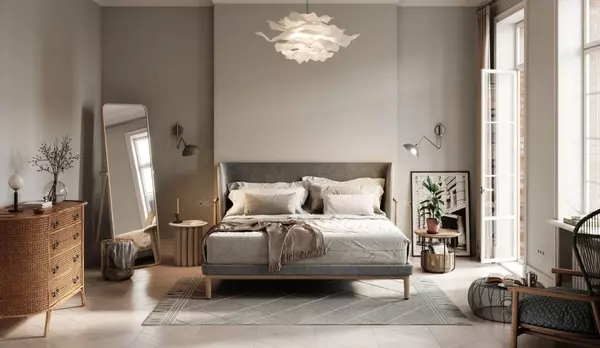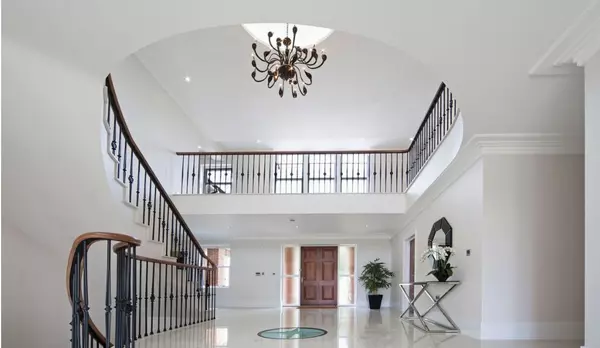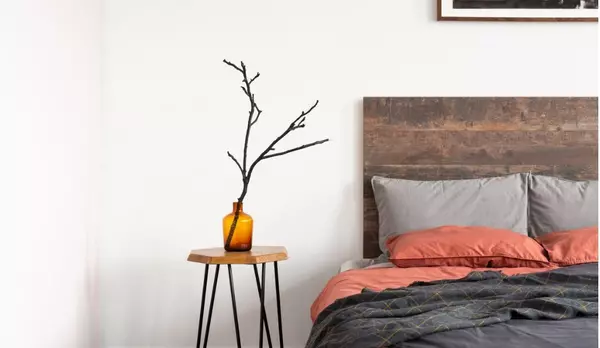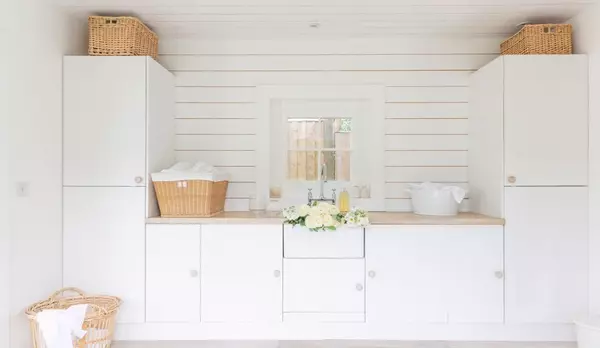
Your Guide to Designing a Bedroom
A bedroom should be a place of solace, rest and relaxation. Creating this space should be intentional, focusing on function and complemented by a soft, calming aesthetic. Designing a bedroom should be an exercise in creativity and purpose. Read on for your guide to creating a bedroom. Eliminate ClutterBefore bringing in anything new, remove clutter from the bedroom to eliminate distractions. Piles of laundry, miscellaneous piles on the dressers and nightstands, unfinished projects and other odds and ends have no place in the bedroom. A bedroom retreat should be a serene and calm space, which you can accomplish by starting with a blank canvas. Create the LayoutSpace planning the bedroom is the first step before selecting the furniture, paint, colors, etc. Space planning will help you create the most beneficial layout to maximize your space, focused on comfort and relaxation. The first step is measuring the overall room to determine how much space you have for furniture. In a bedroom, the focal point is usually the bed. The bed, rug, bedside tables, dressers and other storage pieces, seating options and wall decor should all be considered as you design the floor plan. One of the most essential qualities of a relaxing bedroom is softness, so be sure the rug is large enough to extend beyond both sides of the bed. Select a Color PaletteChoosing the room’s color scheme will create a color palette to create a cohesive look. The 60-30-10 rule is a tried and true way to achieve a harmonious color palette. This means that 60% of the room should be the primary color, 30% should be a secondary color and 10% should be an accent color. Add Something Soft UnderfootEven if your entire home is hardwood, carpet is an excellent choice for a bedroom, as it helps you feel enveloped with coziness from head to toe. However, if carpeting isn’t your preference, then a thick, plush rug will create the same effect in a material such as wool. Shop for FurnitureWith your layout in place, you can begin shopping for bedroom furniture. The bed is the best starting point, as this is the largest and most important piece of furniture in the room. With the bed selected, you can begin choosing the rest of the pieces. Layer the Window TreatmentsCreating an optimal sleep environment starts with keeping the room as dark as possible. Automated blackout shades should be at the top of your bedroom makeover list from a functional standpoint. For an additional design element, hanging curtains to frame the window will add height, drama and a decorative element. Adding curtains will also serve as an extra layer to further block the light. Layer in LightingEvery room should have a variety of lighting, including ambient, task and accent lighting. This could blend of overhead lighting, table and floor lamps, and wall sconces. In a bedroom, various types of lighting will add ambiance and create a soothing space. A statement piece, such as a chandelier, sconces and table lamps, will allow you to control the level of lighting you want. To further elevate your lighting, replace the sconces and table lamps on the lampshades to maximize the visual impact.

Designing an Entryway That Sells
Whether you’re selling your home or just moving in for the first time, you’ll want to ensure you’re designing the most welcoming, beautiful space possible. It’s very easy to forget about this area as it serves a specific purpose and we rarely spend more than a few minutes a day in it. It is, however, the first impression guests receive of your home. It should wow them as much as any other room. Include a splash of colour. While you don’t want your entire entrance painted in a bold colour, having a pop of something can add texture to an otherwise blank and bland space. It allows you to establish your personal taste without fully putting it on display. It is a taste of what is to come. Ensure adequate hidden storage. The foremost way we usually ruin our entryway is by letting it become cluttered. This happens because of ineffective (or lack of enough) storage space. You don’t want shoes and jackets lying around for anyone to see, so ensure there are hidden closets and shoe racks available for not only your family but guests, so everything can remain tidy even during the busiest of times. Don‘t forget the plants. The entryway is one of the best spots for plants in your home. There are usually windows nearby for adequate sunlight, and they provide an instantly welcoming appeal that showcases the care that you put into taking care of your home. They also provide that pop of bright green colour that can offset all the beige and white tones that tend to dominate entryways. Go all out with the front door. It is both the first and last thing your guests see when visiting your home. It is an opportunity to showcase your incredible taste and personality, and it shouldn’t be squandered. Big, beautiful doors using bright colours, stained glass or exposed wood will not only make an impact but leave a lasting impression.

5 Benefits of Downsizing
Considering moving to a smaller home? Perhaps you’re retiring, or your children have moved out and it’s time for a smaller space. While you might be worried about leaving behind the home you’ve grown attached to, there are many benefits to downsizing. Here are a few. An increase in finances. This is usually the big reason why many people choose to downsize. You might have enough equity in your current home to allow you to outright purchase a smaller home with money left over. And, if you do require a mortgage, it will allow for a much larger down payment and smaller monthly payments, all of which equal more financial freedom. More free time. A smaller home means less cleaning, less repairs and less upkeep. This all equals more free time to do things you actually enjoy. While you might have required a cleaning service to keep up with your large home, a smaller home will be easier to take care of on your own, which also translates to more savings. Better for the environment. Not only does it benefit you financially, reducing your carbon footprint is great for the environment. Less energy is needed to heat and cool a small home, and a smaller home is also easier to make energy efficient than a larger one. It will help you cut the clutter. Living in a large home makes it easy to buy and store too many possessions you tuck away and never use. When moving, not only will you be compelled to naturally get rid of items you no longer use, you’ll also have to unload larger items, as you’ll be working with a smaller space. It’ll also help you stay decluttered, as your new home won’t provide you the extra space to store too many things. Allows you the chance to invest. When all your money is tied up in your home, you can’t diversify your assets as most financial planners would recommend. Freeing up a chunk of money from your home allows you access to that money so that you can start investing it in a variety of fluid assets that you can access easier than cash invested in real estate.
Categories
Recent Posts










